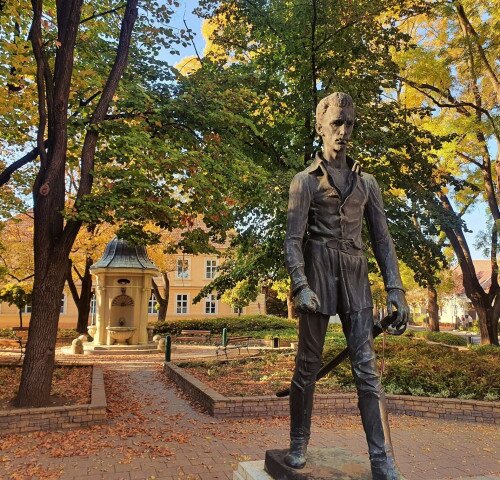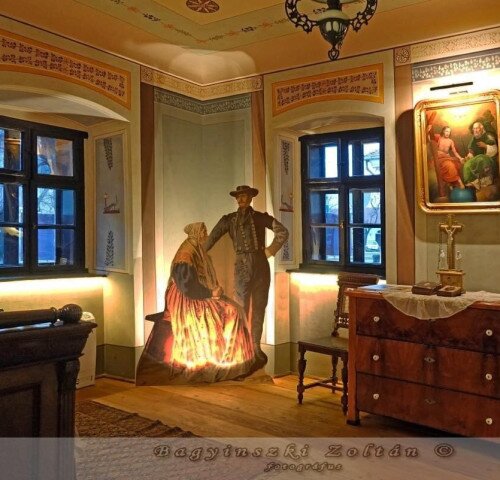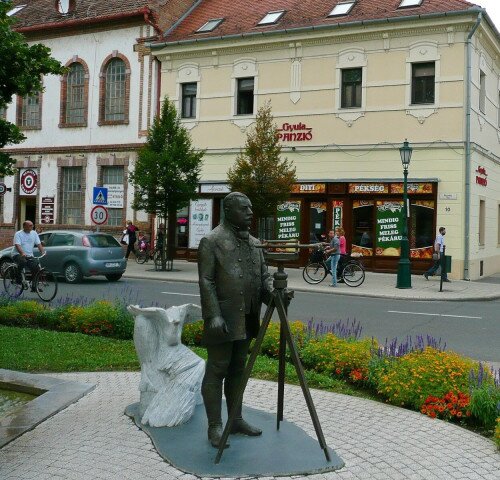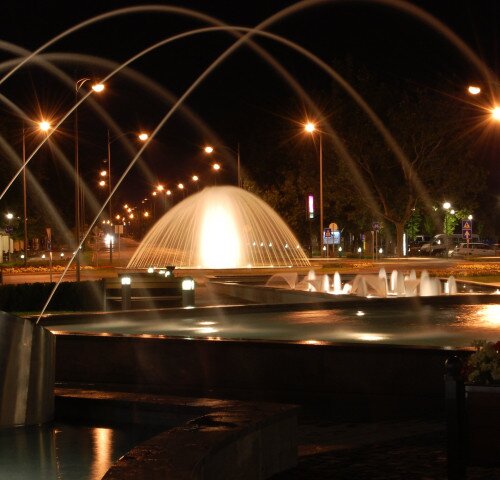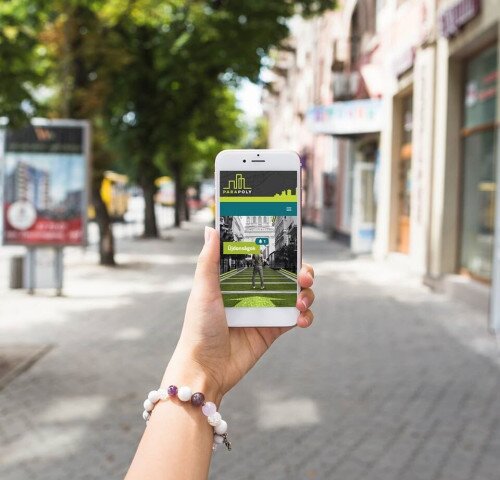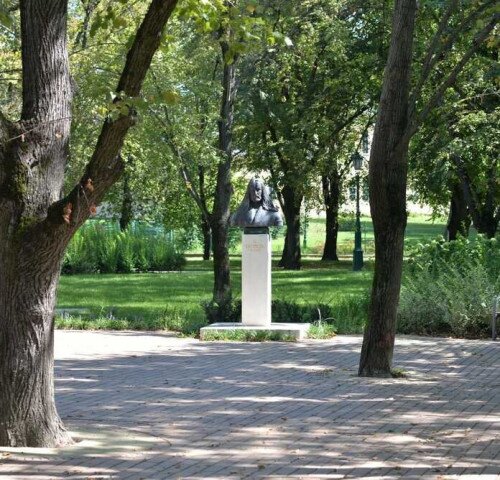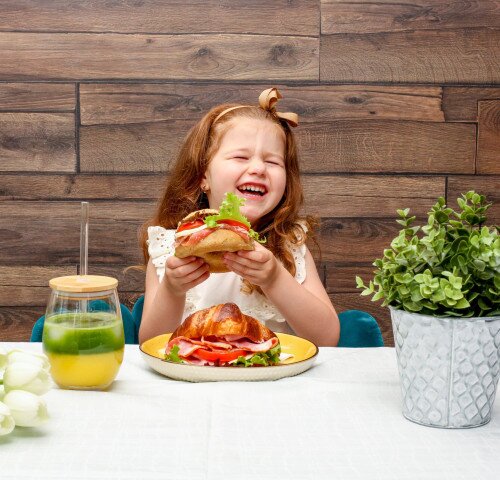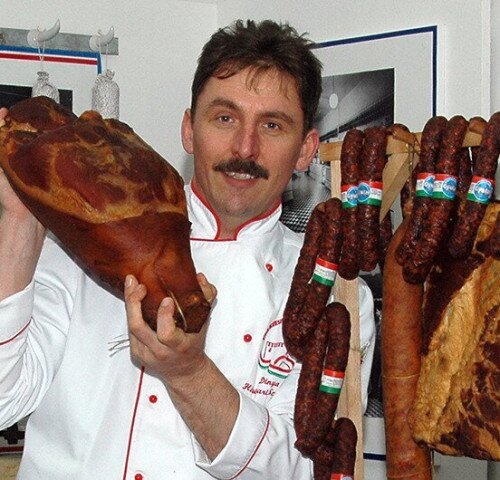The major restoration of the Göndöcs Garden was completed by the spring of 2014. The former Kohán Gallery now operates as a multifunctional event space under the name ‘Vigadó.’ The building, restored to its original splendour, hosts a wide range of community activities for the entertainment of locals and tourists alike.
The Art Gallery, exhibiting the works of the famous Hungarian artist, György Kohán, was moved to the building right next to Vigadó. The Gallery was built in 1895 and was the very first museum built in Békés County. It was constructed in the Neoclassical style featuring Doric columns, and used to function as the city’s community centre. In 1979 it became the home of the Kohán estate. György Kohán, the son of a blacksmith, was born in Gyulavári in 1910. At the age of 16, he was already participating in exhibitions of the Gyula Artists’ Society. He was educated at the Academy of Fine Arts in Budapest, and later continued his studies in Paris and Rome, before returning to Hungary. In his will, he donated 691 paintings and 2,215 prints to the city of Gyula, many of which are on display in the Gallery. Despite his modest background, through hard work and perseverance, he created a distinctive oeuvre that is unprecedented in the history of Hungarian painting. He was awarded the Munkácsy Prize in 1960 and 1964, and the Kossuth Prize, as well.
His retrospective exhibition was displayed at the Hungarian National Gallery in 1965. His paintings, depicting rural scenes and peasants, are characterised by intense realism, the use of strong colours and bold brushstrokes. Other works of his include lyrical paintings in the cubist style that depict numerous figures and monumental mural sketches. His unique style continued the legacy of the Alföld (The Great Plains of Hungary) realists, and was also inspired by Mexican and French artists. Both the startling elemental force and the playfully grotesque and comical nature of his works reveal a man who led a life of deprivation and suffering. He was deeply European and embraced his Hungarian roots, at the same time.
In 1979, the city of Gyula founded the Kohán Gallery, which accommodates a permanent exhibition.

50% off the full-price entrance fee
Opening hours and ticket prices
Contact
- 5700 Gyula, Béke avenue 35.


